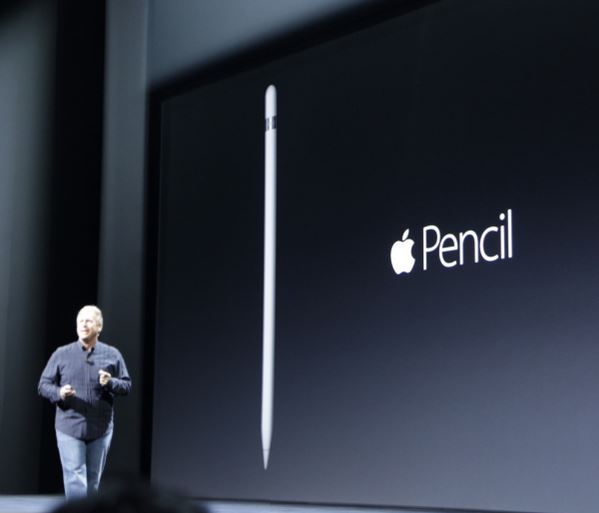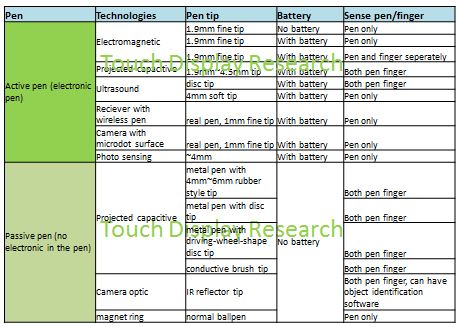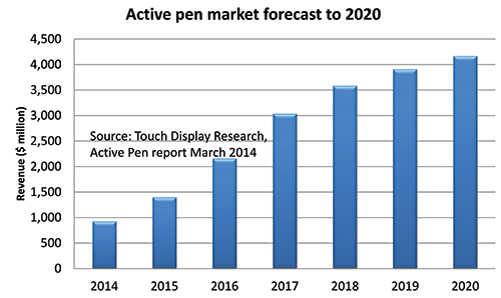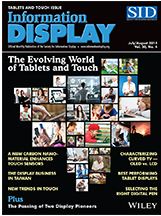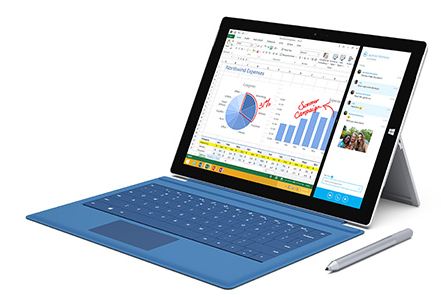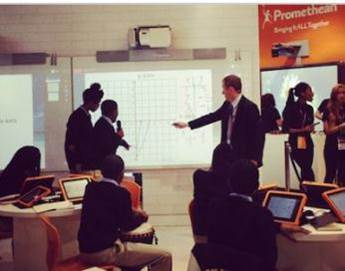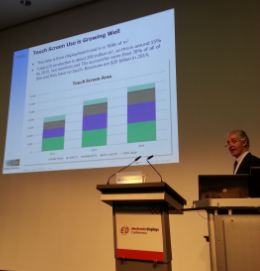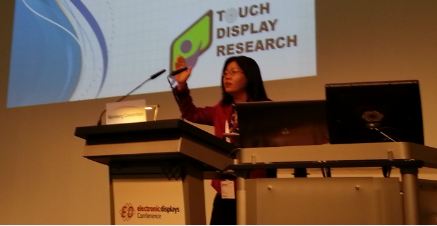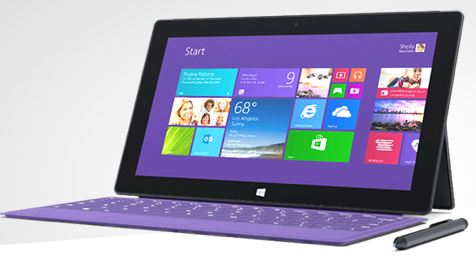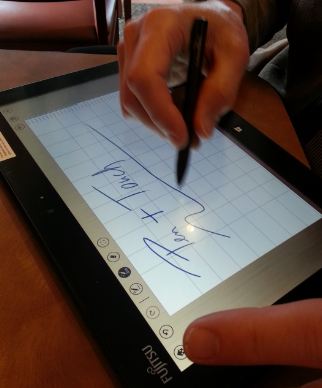September 9, 2015
Today Apple announced its new iPad Pro with an active pen, which Apple branded it as “Apple Pencil”.
Figure 1: Apple pencil announcement
Photo by: Techcrunch.
One year ago, in Touch Display Research article published in SID Information Display Journal July/Aug 2014 issue, Dr. Jennifer Colegrove wrote, “In 2007, when Apple released the first iPhone with a projected-capacitive touch screen, it had the benefit of multi-touch, zero-force touch, good durability, etc. Referring to the first iPhone at the Macworld Expo in 2007, Steve Jobs told his audience, “Nobody wants a stylus. So let’s not use a stylus. We’re going to use the best pointing device in the world. We’re going to use a pointing device that we’re all born with – born with 10 of them. We’re going to use our fingers.” Job’s point of reference for this statement was the old resistive touch pen. Since 2011, Apple has been investing heavily in active pens, and it’s my strong belief that Apple will release an active pen soon.”
Now, 14 months later, our forecast becomes reality.
While finger touch is intuitive, active-pen writing is accurate, easier, and can add a personal touch. Pen input is very useful in education and in certain types of language input, as well as in medical, financial, industrial, and content creation or markup applications. Touch Display Research defines an active pen as one with an electronic circuit. Some active pens have an integrated battery in them, some not. A passive pen has neither an electronic circuit nor a battery. According to our research, there are nine types of active-pen technologies and six passive-pen technologies, as summarized in figure here.
Figure 2: Active pens and passive pens are compared in terms of technologies, pen tips, batteries, and sensing interfaces.
Source: Touch Display Research, Active pen technologies, supply chain and market forecast 2014 report.
Active-pen technology is superior to passive-pen technology in terms of accuracy, pressure sensing, and ability to draw fine lines. Active-pen usage should therefore experience rapid growth in the next several years. In the Active Pen Technologies, Supply Chain and Market Forecast report, Touch Display Research forecasts that the market for active-pen writing modules (including pen sensor, one pen, and the controller IC) will increase from $931 million in 2014 to $4.17 billion in 2020.
Figure 3. Active pen market forecast to 2020
Source: Touch Display Research, Active Pen Technologies, Supply Chain and Market Forecast Report, 2014
Thanks for reading,
Jennifer and team

